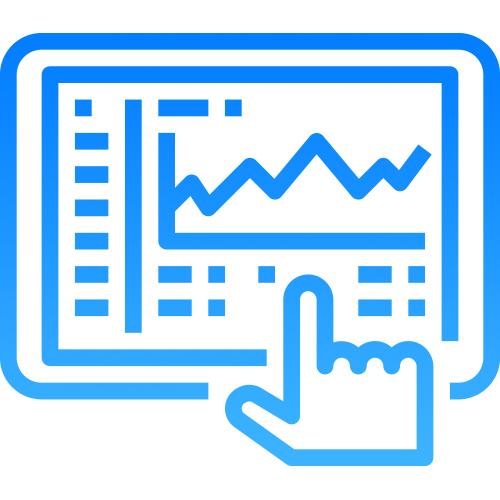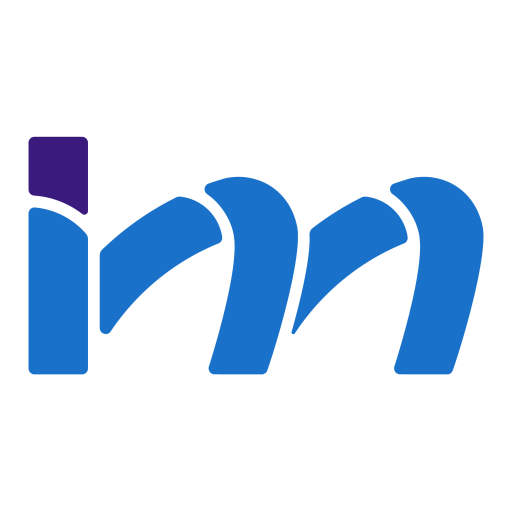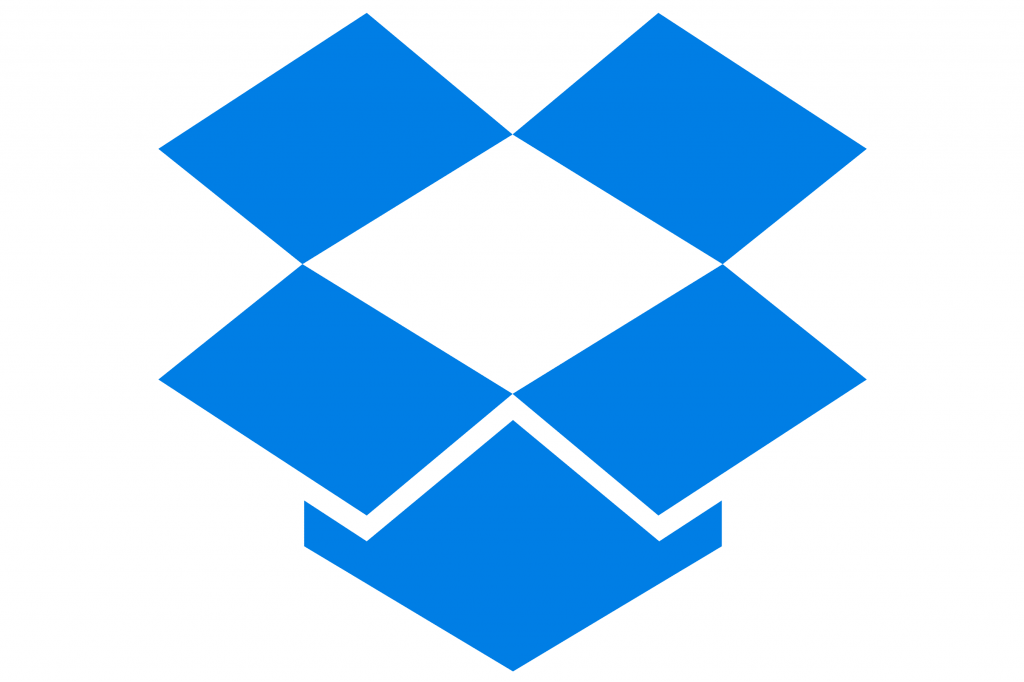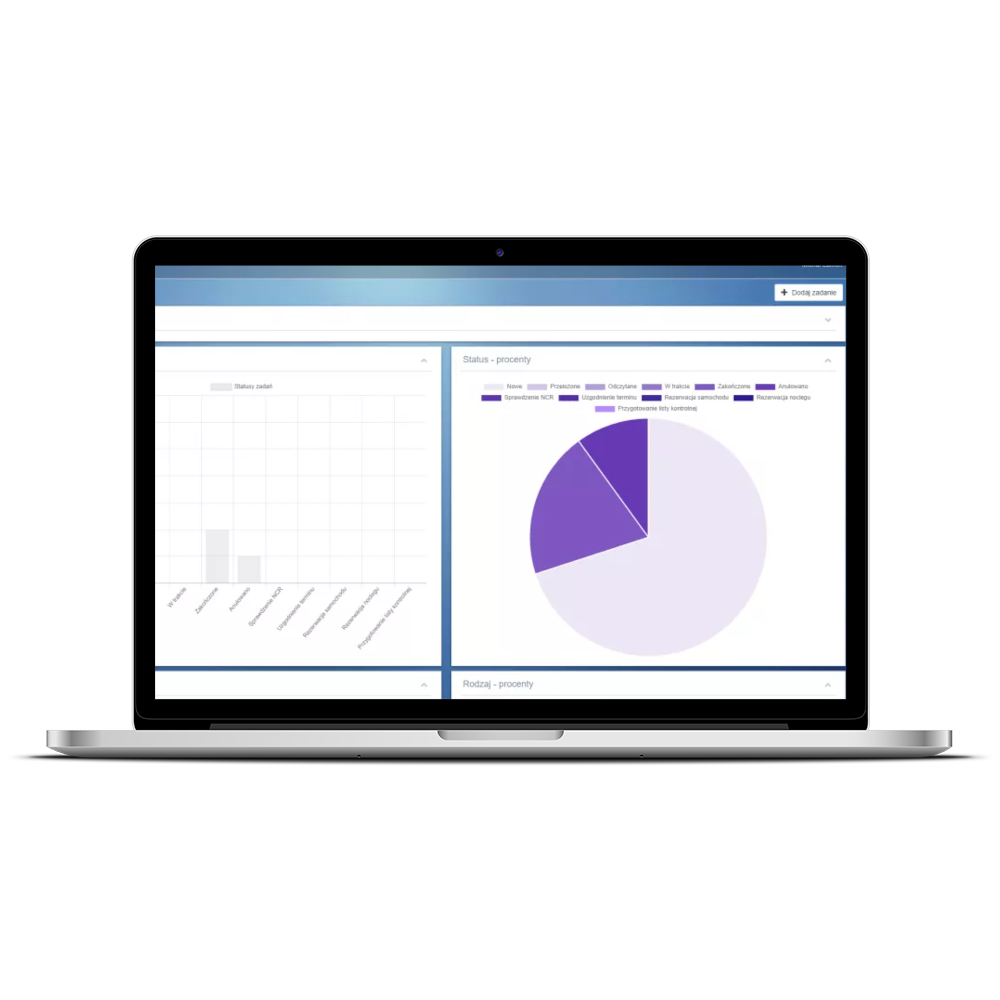Contact us. We are happy to talk about your needs and prepare an offer.
Django
At ImpiCode, we are experienced in creating web applications written in Python with the usage of Django. We also use Django CMS and the Django Rest Framework in our projects.
The most important Django advantages

Quick effects
Django enables very rapid development of web applications

Safety
This framework has many built-in libraries to ensure program security.

Comprehensiveness
Django is used in many projects, including Content Management Systems (CMS), as well as computing tools and social networks.

Volume of work
Our experts use Django mainly in the creation process of
- websites
- mobile applications backend
- platforms for data analysis
- document management systems,
- task management systems,
- safety and risk management systems.
Operating area
Our developers have experience in designing and developing solutions with the usage of Django in the following fields:
- business solutions
- aviation
- telemedicine,
- construction,
- logistics,
- transport.
Our Clients
What is Django?
Django is a free, open framework written in Python, enabling rapid development of safe, scalable, and easy to maintain websites. This framework has a set of modules facilitating programming. Django provides developers with all of the components necessary to build a website. When a developer uses Django, there is no need to independently develop many advanced features such as a management panel or authentication process due to ready-made components provided by Django. Thanks to this, the developers’ is free to configure the components so that they satisfy the given website
Django is used both for the back-end and front-end. The language of Django templates was designed to be understandable and easy to learn for front-end developers who are used to working with HTML. Django is very flexible and extensible. Because of that, developers can easily extend the templates system with new elements and functions.
Specification
Django is distinguished mainly by its simplicity, flexibility, reliability, and scalability. Additionally, Django has its own simple to manage admin panel and rich HTTP library. Django has ORM implementation (Object-Relational Mapping), used in systems with a database, and facilitates data handling. ORM enables functions such as adding, deleting, and editing data.
The framework has its own test server, and its architecture is based on the MVT pattern (Model-View-Template) which is a modified version of the MVC pattern (Model-View-Controller). In the MVT pattern, the view layer works similar to the MVC controller, whereas the template works like a view in MVC. Such a solution enables decoupling of context from business logic, meaning that each layer performs separate tasks and has its own responsibilities. In the MVT model, views receive HTTP requests and delegate formulation of responses to templates, while models define and manage data structure.
Django advantages
Django is one of the most popular frameworks for Python programming. Django owes its popularity to having numerous advantages. Below there are the most important advantages of this framework.
Completeness
Django follows the "Batteries included" philosophy, which means that developing an application is like building one finished product. By following this philosophy, Django provides developers with all the functions and components necessary to build an entire application. The framework makes sure that all functions work together seamlessly. Django has many libraries that handle common application development tasks such as user authentication or content management. Additionally, the framework has its own admin panel to manage model data by default.
Simplicity and speed
Django's main goal is to make things easier for developers. So it's no surprise that Django adheres to rapid development principles and allows developers to run multiple iterations simultaneously. Developers also appreciate Django for its simplicity. The framework uses Python, which is considered to be one of the easiest programming languages. For this reason, learning both Python and Django is relatively easy and pleasant. Developers creating applications in Django use clear and transparent Python syntax.
Safety
One of Django's top priorities is safety. Django helps developers avoid many common security bugs by providing a framework that automatically protects the site. The framework provides ready-made mechanisms for the safe management of user accounts and passwords. The framework provides security against many security vulnerabilities such as SQL injection, CSRF attack, cross-site request forgery or click interception.
Scalability
Thanks to the architecture based on the MVT pattern, pages made in Django scale very easily and quickly. The framework clearly separates different parts of the architecture from each other and, as a result, each part is independent of the others, which significantly facilitates the scaling process and development. It is very easy to add various servers such as cache servers, database servers, or application servers. Scaling a website is primarily aimed at meeting the increasing requirements resulting from the growing traffic on the website.
Multiplatform
Django applications and websites work on multiple platforms such as Windows, Linux, and Mac OS. This means that any application written in one operating system can work on another system without major problems.
Community
Django has a large and committed community that really contributes to the development of this framework. Community members are actively working to constantly create new features and libraries to facilitate developers. Additionally, most of the members are willing to help others in solving problems with Django.
Django disadvantages
On the other hand, Django also has several disadvantages, the biggest of which are listed below.
Lack of convention
In comparison to other frameworks like Ruby on Rails, Django doesn’t have an established specific code of conduct, that developers follow when creating websites. In Django, every object has to be defined and configured with the rest. As work progresses, more and more components need to be defined and configured. As a result, the lack of convention slows down the development of a technological solution.
Monolithic
Django is very monolithic, which means it has a small number of dependencies. The smaller the number of dependencies, the more code has to be written by the developer. Additionally, many developers mistakenly assume that Django is a single package to build a website.
Not suitable for small projects
Django was designed with large and scalable projects in mind, so it is not the best solution for simple and small projects. Due to its structure, specificity, and many functions necessary in complex projects, creating small websites in Django is relatively difficult and time-consuming. In the case of a small project, it is advised to use a framework other less demanding than Django.
The history of Django creation
Django's origins date back to 2003 when Lawrence Journal-World developers began creating Python websites. After creating several sites, the developers analyzed the code written and noticed that much of it is the same in all projects. This shared code evolved into a generic web development framework that was released as Django in July 2005. Django is named after the famous jazz guitarist Django Reinhardt.
Since then, Django has been continuously developed and improved. Each subsequent version includes new features and possibilities. Over the years, support for new database types, new templates, and view classes have been added to the framework. Since 2008, the Django Software Foundation has been in charge of the development. The foundation not only develops the framework but also promotes Django and protects intellectual property.
Django popularity
Django is one of the most popular frameworks to create websites. Currently, many websites are created in Django, and the number of developers using this framework is constantly increasing. The popularity of Django is also influenced by the interest of large companies such as Pinterest or Mozilla. Well-known and respected brands use Django in their projects and invest in development.
According to Statista, Django is in the top ten most used frameworks to build websites. It was also on the Stack Overflow 2019 list of the ten most popular web technologies.
There are many reasons for the growing popularity of this framework. First of all, Django provides all the features and components necessary to build a modern website. It has a committed community that creates a well-functioning ecosystem. In addition, the framework offers many packages, the number of which is constantly growing every year. In 2017, 3,400 packages were available, and in 2019, 4,000 packages.
Examples of known projects written in Django
Below is a list of some of the many companies, including internet giants, that use Django in their projects.
Instagram is one of the most popular social networking sites that use Django. This framework handles large amounts of data and enables user interactions. With Django, the web application works smoothly and without disruptions.

Spotify
Spotify is a huge multimedia library. The creators decided to combine the Django framework with machine learning for efficient data management. Developers chose Django technology primarily due to the ability to quickly build back-end.

The Washington Post
It isn’t surprising that the framework created to support the website of the Lawrence Journal-World newspaper is also used by other newspapers, including The Washington Post. The framework provides smooth operation even during heavy traffic.

Dropbox
The cloud technology to store files requires mainly high efficiency. Django provides the right tools which are used by Dropbox to synchronize, scale and share files

Pinterest is a platform that counts over 250 million monthly active users. Django handles a huge amount of multimedia data from the website and supports a user-friendly interface.

YouTube
YouTube is one of the most popular social networks to post, watch, rate, and comment on videos for free. It was first built in PHP technology, but the rapid increase in users made the website developers start using Django. The choice of technology was fully justified as Django better handles high traffic on the site and offers the possibility to add new features.

If you want to find out more about Django or need support in your project with this technology - write to us via the contact form.






